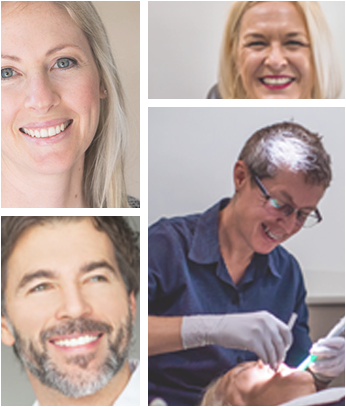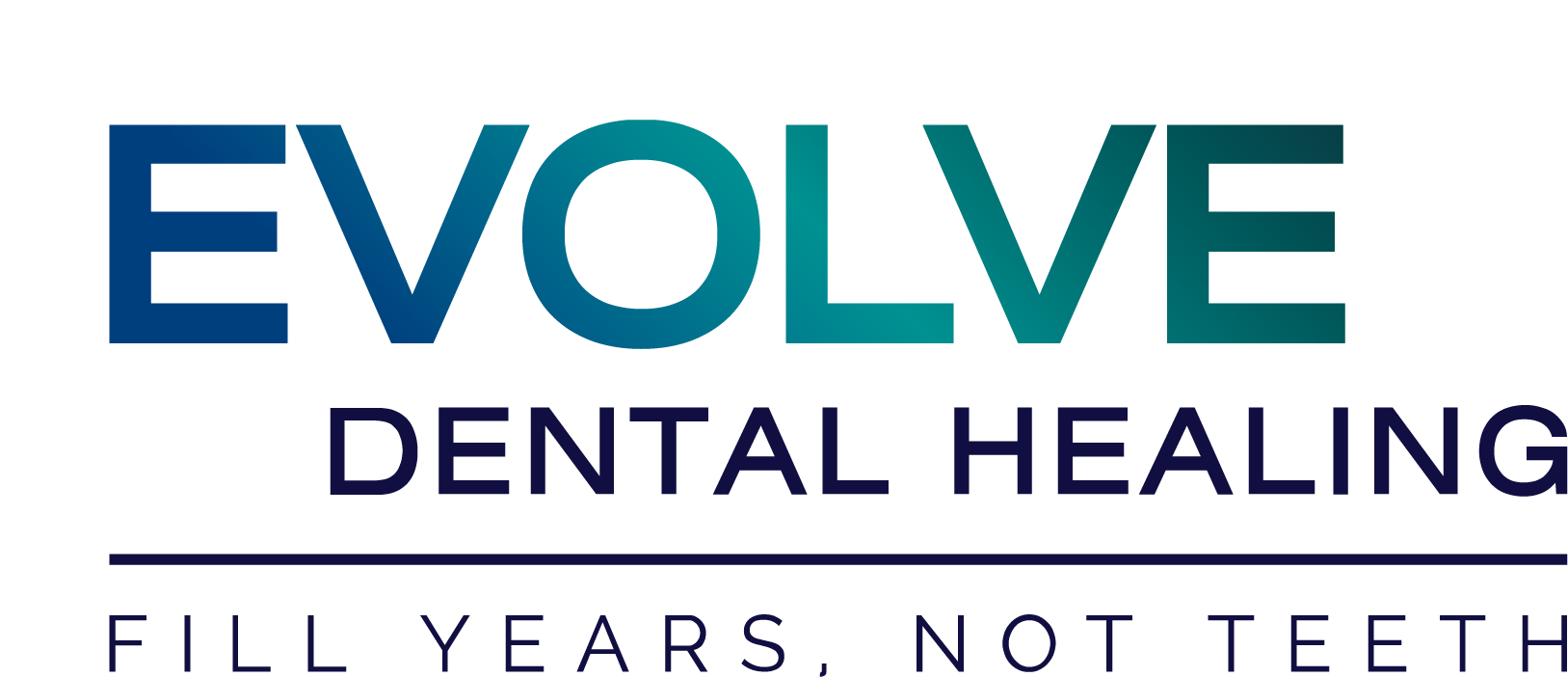Myths About Dental Veneers

Dental Veneers Myths Exposed by Kenmore Dentist
Veneers are perfect for improving the appearance of discoloured, stained, chipped, worn, filled, and mildly crowded or spaced front teeth. Our Kenmore dentist Dr Rachel Hall has taken additional post-graduate training in dental veneers and cosmetic dentistry to enhance your smile. In this blog, Dr Rachel exposes the myths about dental veneers.
Veneers are a simple, fast and painless way to enhance your smile so your teeth can become movie star perfect in two dental visits. And if you don’t want movie star perfect that’s ok because we can make your teeth look natural and healthy using veneers too.
Who Can Get Veneers?
If your teeth are stained or discoloured, slightly chipped or crooked or have gaps, your dentist may discuss the pros and cons of dental veneers with you. This cosmetic treatment fits thin coverings over the front of teeth to modify their appearance, although veneers can’t treat more severe orthodontic issues.
Like any treatment, it’s important to find out as much as you can about what the veneers procedure involves and what to expect after the treatment so you can decide if it’s right for you. This also involves learning which common misconceptions about veneers are no longer true.
Myth 1: Dental Veneers don’t look natural
This may have been the case in the early days of cosmetic dentistry, but modern veneers are designed to look as close to natural teeth as possible.
Porcelain veneers tend to look more realistic than composite resin veneers, as porcelain has reflective qualities similar to teeth enamel, but both types of veneers can be colour-matched to your teeth or selected in the natural-looking shade you want. Porcelain veneers are also more resistant to stains, so they can retain their natural appearance for longer than composite veneers.
It’s important to maintain good oral hygiene after your veneers are fitted, as if your other teeth darken, the veneers may start to stand out. The colour of veneers can’t be adjusted after they’ve already been fitted.
Myth 2: Dental Veneers are painful
The veneers procedure is carried out using a local anaesthetic to numb pain, so it shouldn’t be any more painful than other dental treatments.
Some people find that their teeth feel more sensitive to temperature after the enamel is removed and veneers are fitted. Your Kenmore veneers dentist will make sure you’re aware of this possible risk beforehand.
Improperly fitted veneers can cause jaw pain, but this risk is reduced if you choose a suitably qualified and experienced dentist.
Myth 3: Dental Veneers are fragile
Porcelain veneers are stronger than composite resin and they don’t damage easily, but your dentist may still recommend avoiding very hard foods and not biting your fingernails or other objects, as this could cause the veneers to chip or crack
Veneers are not suitable for people who grind or clench their teeth (bruxism), as this can put too much force on the veneers and cause damage.
If you’re fitted with temporary veneers while your porcelain veneers are being made, these are quite fragile and should be treated with great care
Myth 4: The whole tooth needs to be filed down
It’s true that some of the tooth’s surface needs to be removed before veneers can be placed, so that they don’t stick out, but only a very thin layer of the enamel – about 0.5 millimetres
If you’re having porcelain veneers, your dentist will then take a mould of your prepared teeth so your veneers can be custom-made and bonded into place.
how are veneers done?
Visit # 1
Veneer Preparation: The teeth are prepared by removing 0.3 to 0.5 mm of enamel (the thickness of a fingernail) to allow room for the veneer layer. Depending on the shape and position of your teeth veneers can be made with little to no tooth preparation. An impression of the teeth is taken and sent to a specialised dental laboratory that will create the veneers.
Visit #2
Veneer Bonding: Attaching the veneer to the tooth. After cleaning the tooth surface with special primers the veneer is bonded to the tooth with a veneer dental cement designed to optimise the cosmetic result of your veneer. This dental cement is then hardened with ultraviolet light and your veneer is bonded in place.
What are the alternatives to veneers?
Veneers aren’t for everyone, and your dentist will explain any other treatments they offer that could be more suitable for the cosmetic issue you want to address.
- If you would prefer to whiten your teeth without altering their shape, you may be a candidate for teeth whitening.
- If you only need to fill in small chips or cracks, this may be done using dental bonding.
- If you don’t have enough tooth enamel remaining to support veneers, a dental crown could be a suitable option for changing your tooth’s shape and appearance.
Book a veneers consultation with Kenmore Dentist Evolve
If you want to know more about dental veneers so you can decide if they’re the right choice for you, book a consultation with our team at Evolve Dental Healing.
Call our Kenmore dentists on 07 3720 1811 or contact us HERE
-
Dr. Rachel Hall
Rachel is the founder and principal dentist at Evolve Dental Healing with over 30 years experience, practising holistically since 2001. Not your typical dentist, Rachel is a passionate opinion leader, challenging convention to empower people to make better dental and health choices, helping thousands to have healthy natural smiles. A respected writer and presenter on holistic dentistry, health and wellness it is Rachel’s mission to revolutionise the way people look at their dental health.
Talk to us for more details and information
CONTACT US
67 Kenmore Road
Kenmore Queensland 4069
Phone: 07 3720 1811
Fax: 07 3720 1899
Email: info@evolvedental.com.au
OPENING HOURS
Monday – Friday: 7:30am – 5:30pm
References and Citations Mercury & Amalgam Fillings




